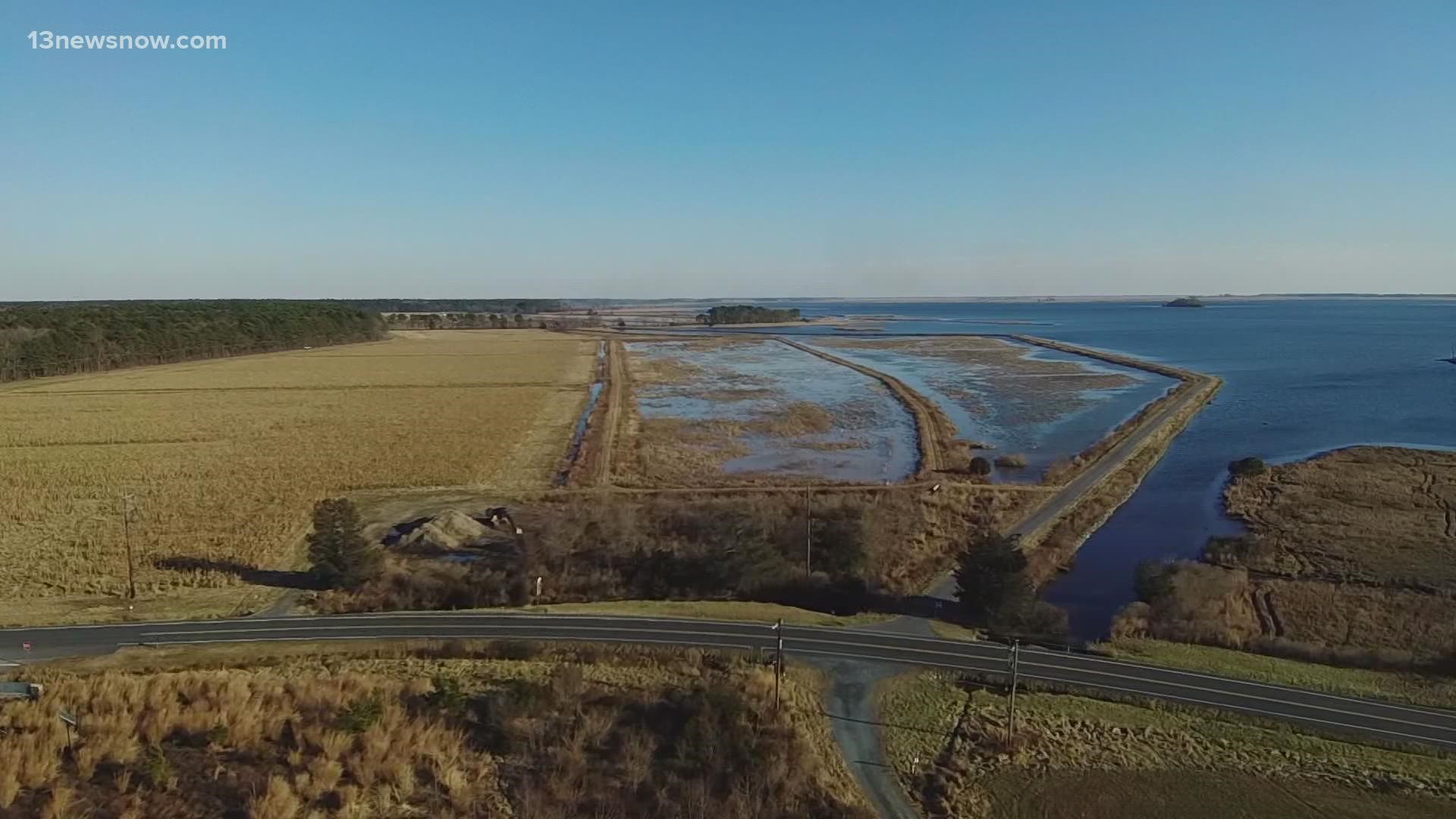NORFOLK, Va. — Today, we talk about climate change a lot.
It may still be a hot-button issue wrapped up in politics, but the overall consensus, at least here in Hampton Roads, is that the threat of climate change is real and fast approaching.
Few cities are at higher risk than Norfolk, where sea levels are rising at a rate three times the global pace -- and flooded roads are a regular problem.
Scientists started exploring the theory of a "greenhouse effect" as early as the 1930s. But if you take a look back to the 80s and 90s, most of us weren’t talking about climate change at all.
That’s not to say the environment wasn’t top of mind back then; we talked about things like planting trees and getting rid of litter. But conversations about the environment were mostly generic, at least for the average person.
For instance, in Virginia Beach, the curbside recycling program didn’t start until 1988.
And it wasn’t until 1996 that we first started mentioning global warming on the 6 p.m. newscast, according to 13News Now archives.
That’s despite one of NASA’s top researchers, Dr. James Hansen, saying in 1988, “Global warming has reached a level such that we can ascribe with a high degree of confidence a cause-and-effect relationship… In my opinion, the greenhouse effect has been detected, and it is changing our climate now.”
We’re seeing climate change in real-time in 2022.
On Monday, a new United Nations report said children around today, who live to see the year 2100, will likely experience four times more climate extremes than they do now.

